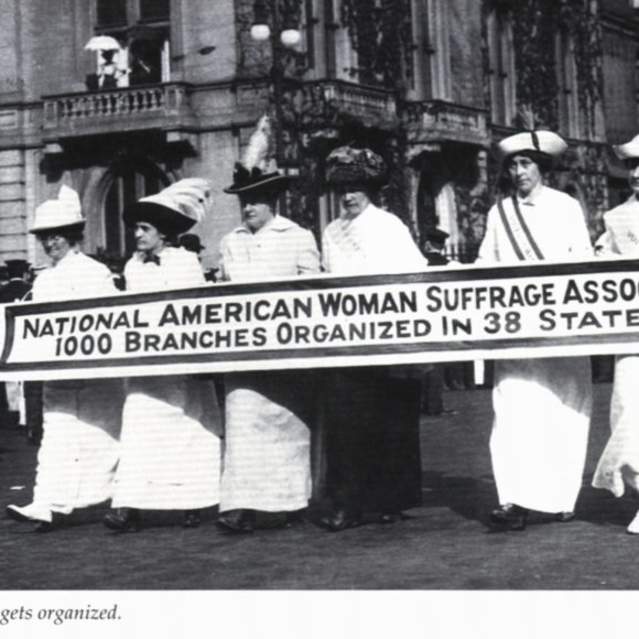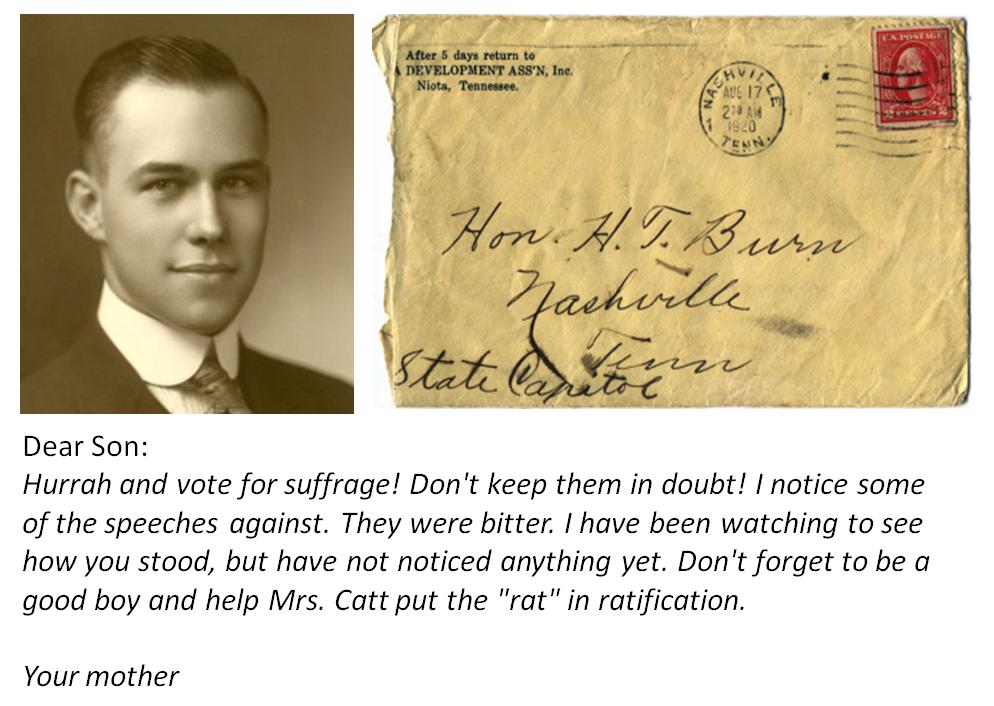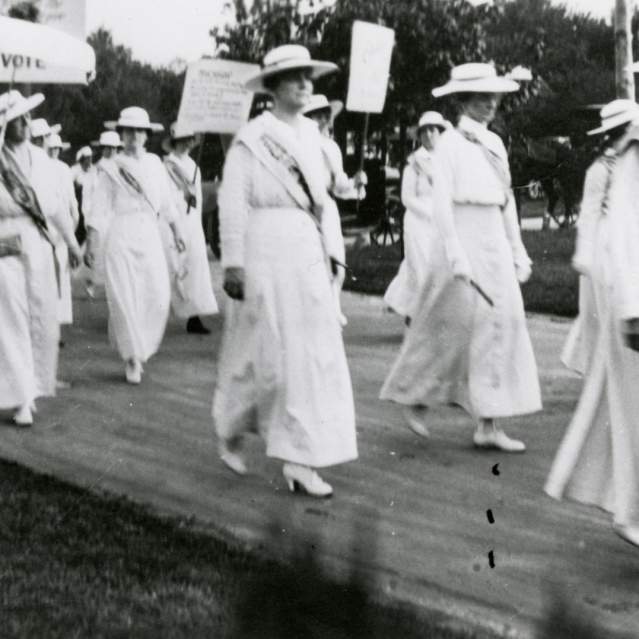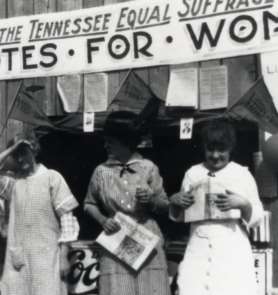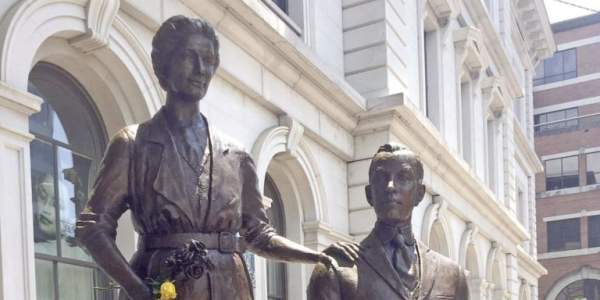Women's Suffrage in Tennessee
Imagine being born into a country where you were denied the right to vote just because you were a woman.
That was primarily the situation for most American women prior to August 18, 1920, when Tennessee became the last state that could possibly ratify the 19th Amendment. The 72-year struggle for women to become enfranchised became a reality with Tennessee’s action which enshrined their right to vote in all elections in the U.S. Constitution.
How Tennessee Helped Ratify the 19th Amendment
Tennessee played a pivotal role in gaining the right to vote for women. By March of 1920, 35 states had ratified the 19th amendment, one state shy of the three-quarters required for national ratification. The State of Tennessee provided the critical vote, based on the urging of a McMinn County mother to her son, Harry T. Burn, a member of the Tennessee General Assembly. Burn’s vote is credited with positioning Tennessee as the deciding state supporting the change to the U.S. Constitution.
We proudly state that all American women vote today thanks to Tennessee.
August 18, 2020 marked the 100th Anniversary of the 19th amendment.
East Tennessee will celebrate with a variety of events.
Knoxville Statues Pay Tribute to the Role Tennessee Played in Women’s Suffrage
History of Women's Suffrage
Suffragists had to win in no fewer than 36 legislatures, while their opponents, the entrenched and well-heeled Antis, could kill the amendment by squashing it in just 13 legislatures. Behind the Antis’ formally organized battalions — a National Association Opposed to Woman Suffrage (for ladies) and the American Constitutional League (for gentlemen) — stood the suffragists’ real and most powerful enemies, a shadowy conglomerate of special interests referred to as the whiskey ring, the railroad trust, and the manufacturers’ lobby.
After passage in Congress on June 4, 1919, there were 34 state ratifications from June 10, 1919, until March 10, 1920. On March 22, 1920, the Washington state legislature was called into special session and unanimously completed ratification number 35. Where was number 36? With final victory so amazingly and tantalizingly close, the ratification campaign stalled. Six states, all Southern, had already rejected the amendment. Only seven states had not yet acted, and three of these – Florida, Louisiana, and North Carolina – were also from the Deep and Democratic South. No chance there where memories of federally-controlled elections during the dark days of Reconstruction still rankled, and the 19th Amendment, with its Section 2 granting enforcement powers to Congress, was anathema. There was no hope in Connecticut or Vermont.
It fell to Tennessee, a border state with well-organized pro-suffrage groups – National American Woman Suffrage Association and National Woman’s Party stalwarts — and anti-suffrage factions, to become “The Perfect 36.” The reluctant governor, A.H. Roberts, conveniently called a special session for August 9, 1920, after his party primary. After extensive heated debate and parliamentary maneuverings, the state Senate concurred 25-4. The House vote was a cliffhanger. It passed 50-46 on August 18, 1920 and survived constitutional challenges so that Tennessee’s ratification made votes for women the law of the land.
Marching to Victory
- 5 minute read
“We hold these truths to be self-evident, that all men are created equal…” It is with these words that the Declaration of Independence sparked a…
- 3 minute read
The suffragists must have felt the whole world was against them. When they arrived in Knoxville in…
SUFFRAGE EVENTS HAPPENING IN KNOXVILLE
Mural Celebration
-


Walls for Women
Walls for Women
We're celebrating 100 years of women's suffrage and Tennessee's place in ratifying the 19th Amendment with original art by an all-female team of muralists. Check out the Walls for Women mural in Knoxville and throughout the state.
We're celebrating 100 years of women's suffrage and Tennessee's place in ratifying the 19th...
More Details
Walk Through History
-

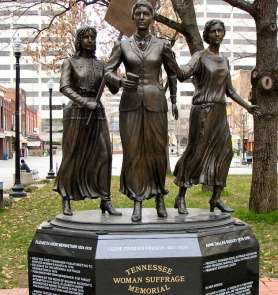
WOMEN'S SUFFRAGE WALKING TOUR
WOMEN'S SUFFRAGE WALKING TOUR
To mark the centennial of the passing of the 19th Amendment on August 18, 1920, this walking tour identifies all women who were suffrage leaders here in Knoxville, as well as those national leaders who came here.
To mark the centennial of the passing of the 19th Amendment on August 18, 1920, this walking tour...
More Details
NPT’s Original Documentary
-
By One Vote: Woman Suffrage in the South
By One Vote: Woman Suffrage in the South
In August 1920 in Nashville, Tennessee legislators cast the deciding vote to ratify the 19th Amendment, thus giving women in the United States the right to vote. Narrated by Rosanne Cash, NPT’s original documentary BY ONE VOTE: WOMAN SUFFRAGE IN THE...
In August 1920 in Nashville, Tennessee legislators cast the deciding vote to ratify the 19th...
More Details
National Coverage of Women's Suffrage
Southern Living - Tennessee Lawmaker’s Mama Led to Giving Women the Right to Vote
In the late summer of 1920, the final battle of the women’s suffrage movement played out in the…
NPR - The Tie Breaker That Ratified Women's Suffrage
The 19th Amendment to the U.S. Constitution was ratified 100 years ago this week, and it comprises…
KNOXVILLE’S RICH AND DIVERSE HISTORY
-

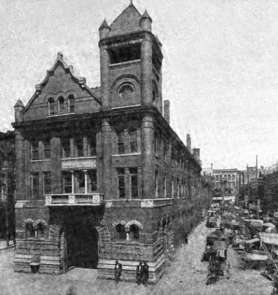
History & Heritage
History & Heritage
As the first capital of Tennessee, Knoxville is proud of its heritage and committed to preserving it. A great many visitors come to Knoxville to learn more about Civil War sites in our area, and tour earthworks, battle sites and historic homes.
As the first capital of Tennessee, Knoxville is proud of its heritage and committed to preserving...
READ MORE
